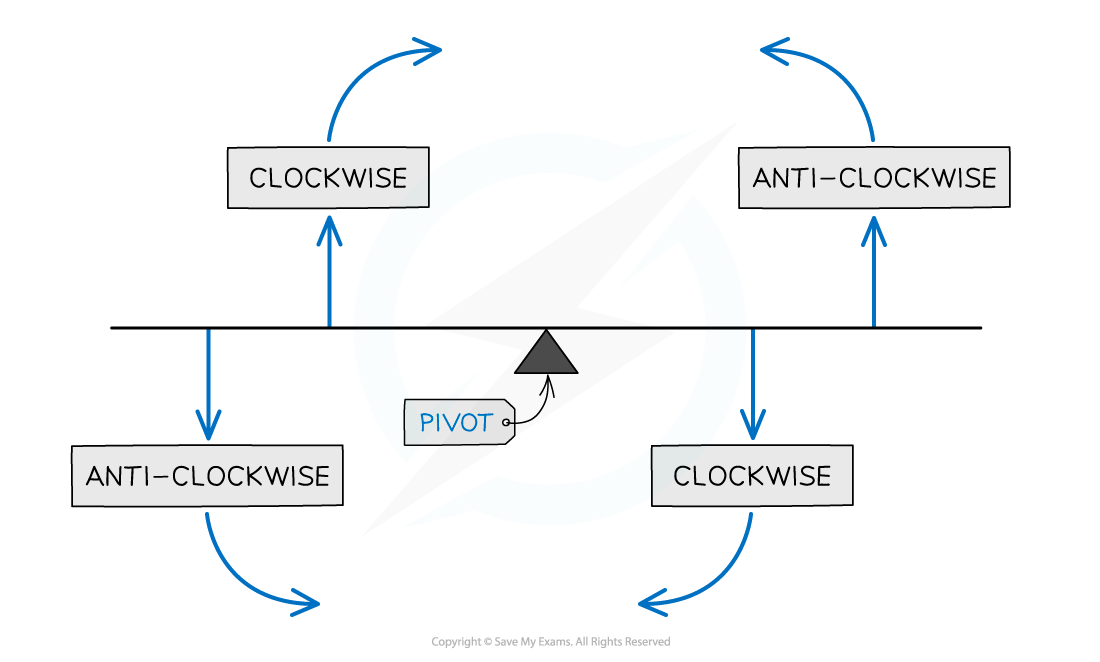Centre of Gravity & The Principle of Moments (Edexcel International AS Physics): Revision Note
Exam code: XPH11
Centre of Gravity
The centre of gravity (sometimes called the centre of mass) of an object is the point through which all the weight can be considered to act
The position of the centre of gravity of uniform regular solid is at its centre
For example, for a person standing upright, their centre of gravity is roughly in the middle of the body behind the navel, and for a sphere, it is at the centre
For symmetrical objects with uniform density, the centre of gravity is located at the point of symmetry

The centre of mass of a shape can be found by symmetry
Stability
The position of the centre of gravity of an object affects its stability
An object is stable when its centre of gravity lies above its base

The object on the right will topple, as its centre of gravity is no longer over its base
The wider base an object has, the lower its centre of gravity and it is more stable
The narrower base an object has, the higher its centre of gravity and the object is more likely to topple over if pushed

The most stable objects have wide bases and low centres of mass
The Principle of Moments
The principle of moments states:
For a system to be in equilibrium, the sum of clockwise moments about a point must be equal to the sum of the anticlockwise moments (about the same point)

Diagram showing the moments acting on a balanced beam
In the above diagram:
Force F2 is supplying a clockwise moment;
Forces F1 and F3 are supplying anticlockwise moments
Hence: F2 × d2 = (F1 × d1) + (F3 × d3)
Worked Example
A uniform beam of weight 40 N is 5 m long and is supported by a pivot situated 2 m from one end.
When a load of weight W is hung from that end, the beam is in equilibrium, as shown in the diagram.

What is the value of W?
A. 10 N
B. 50 N
C. 25 N
D. 30 N


Examiner Tips and Tricks
Make sure that all the distances are in the same units and you’re considering the correct forces as clockwise or anticlockwise, as seen in the diagram below


Unlock more, it's free!
Did this page help you?